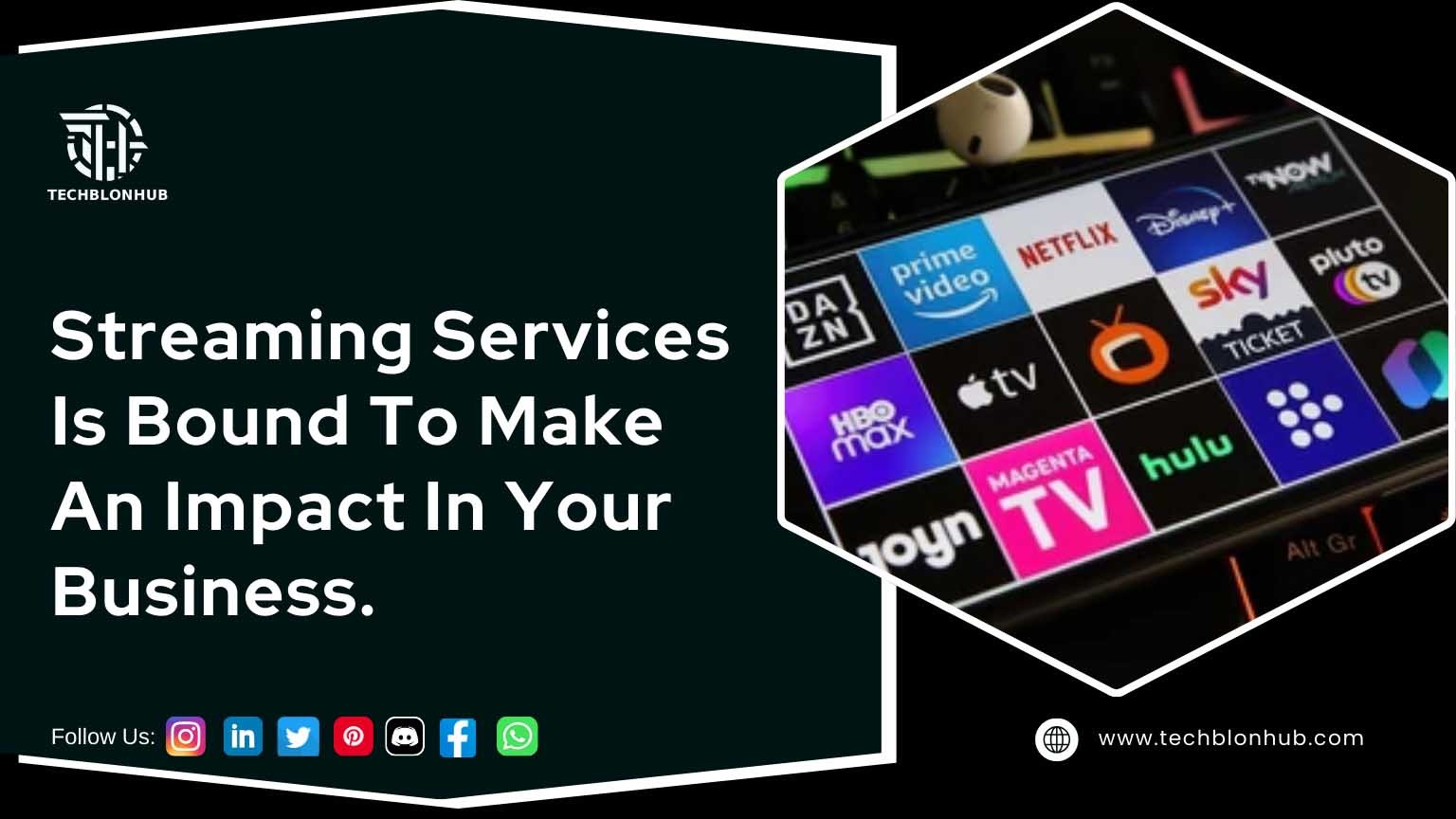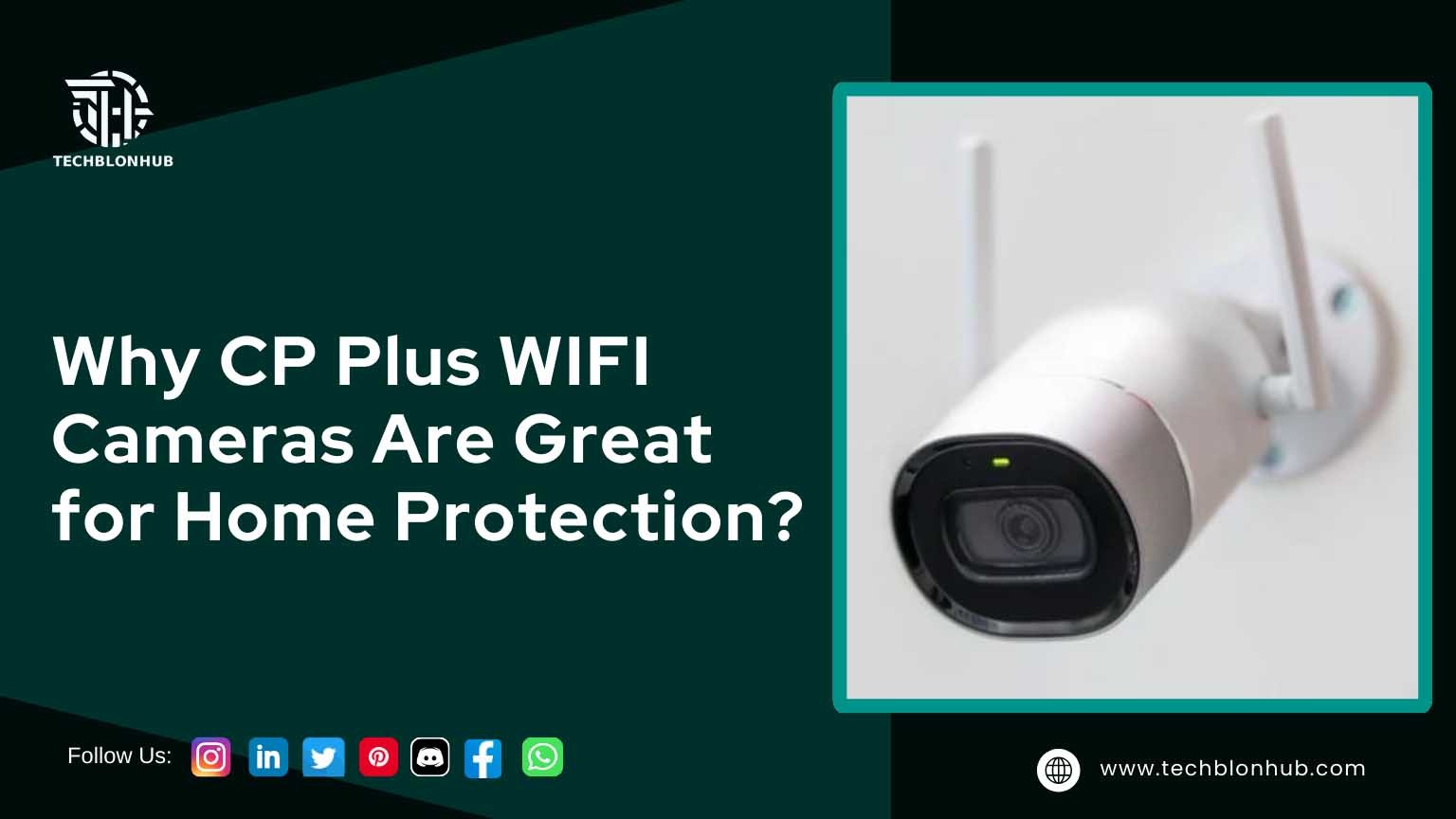Imagine a world where the boundaries between the physical and digital blur, making the impossible possible. Welcome to the future of Augmented Reality (AR) and Virtual Reality (VR), where virtual reality platforms rewrite the rules of reality. These platforms immerse users in rich, interactive environments, transforming how we experience entertainment, education, and social interactions. As technology advances, the potential for virtual reality continues to grow, offering endless possibilities for innovation and creativity.
The
State of AR and VR of Virtual Reality Platforms
AR: Enhancing the Real World
AR is like having a superpower in your pocket. It seamlessly integrates digital information into our physical environment, making our daily lives more interactive and immersive.
VR: Immersing in New Worlds
VR is like stepping into a dream world. It transports us to new dimensions, providing unparalleled levels of immersion and engagement.
Trends and Innovations
1. Standalone Headsets
Next-generation VR headsets are cutting the cord, offering greater freedom and accessibility.
2. AR Cloud
The AR Cloud is like a virtual infrastructure that enables persistent, shared AR experiences. It’s paving the way for collaborative and social AR interactions.
3. Hand Tracking
Advanced hand-tracking technology is allowing for more natural and intuitive interactions in VR. It’s like having superhuman abilities at your fingertips!
4. Social VR
Social VR platforms are emerging, enabling users to connect, interact, and share experiences in virtual environments. It’s like having a virtual hangout with friends!
5. Enterprise Adoption
AR and VR are being increasingly adopted in industries such as healthcare, education, and manufacturing, driving efficiency, productivity, and innovation.
Industry Applications
1. Healthcare
AR and VR are revolutionizing healthcare by providing training simulations, therapy platforms, and patient education tools.
2. Education
Interactive AR and VR experiences are enhancing student engagement, improving learning outcomes, and making complex concepts more accessible.
3. Retail
AR is transforming the retail landscape, enabling virtual try-ons, product demonstrations, and immersive brand experiences.
4. Entertainment
VR is redefining the entertainment industry, offering immersive experiences in gaming, movies, and live events.
Challenges and Opportunities of Virtual Reality Platforms
1. Cost and Accessibility
The cost of AR and VR hardware and software remains a significant barrier to widespread adoption.
2. Content Creation
The development of high-quality AR and VR content is a complex and time-consuming process, requiring specialized skills and resources to bring reality reimagined to life.
3. User Experience
Ensuring a seamless and intuitive user experience is crucial for the success of AR and VR applications.
4. Ethics and Responsibility
As AR and VR become more pervasive, it’s essential to address concerns around privacy, data security, and social responsibility.
 TechBlonHub A new digital technology era.
TechBlonHub A new digital technology era.






